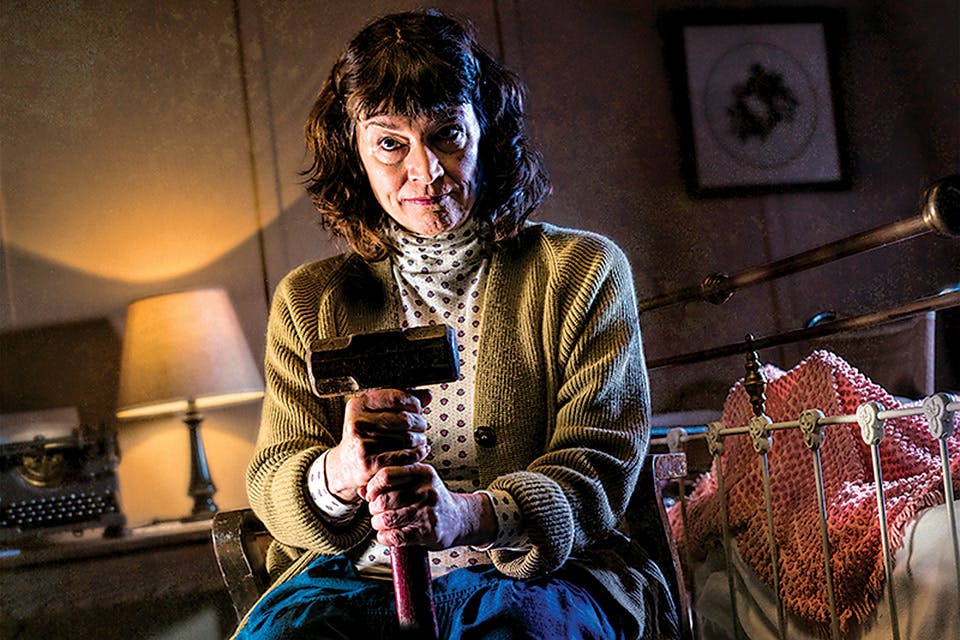Arts
‘Misery’ in Cincinnati
As Cincinnati Playhouse in the Park prepares to bring Stephen King’s chilling 1987 novel to life, we talk to those tasked with re-creating Annie Wilkes’ warped world on stage.
Related Articles

Fall Arts Preview: 12 Exhibitions, Shows and Festivals to See This Season
Save the date for these arts favorites happening across Ohio between now and the end of autumn. READ MORE >>
.jpg?sfvrsn=8714b738_5&w=960&auto=compress%2cformat)
10 Broadway Shows Coming to Columbus for the 2025–2026 Season
PNC Broadway in Columbus just announced its 2025–2026 season. Here’s what's on the (Play)bill. READ MORE >>

Bluegrass Musical Tells Legendary Tale of the Loveland Frog
This fun romp, which debuted at the Cincinnati Fringe Fest in 2014, brings the story of southwest Ohio’s famous cryptid back to the stage. READ MORE >>



